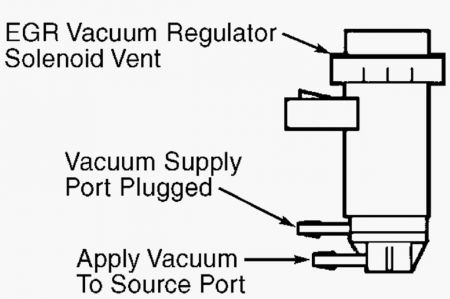1996 Ford E-Series Van V8 Two Wheel Drive Automatic
Came up with a TPS DTC, put a new tps in and still have high idle. 38-39psi fuel pressure and nothing coming from pressure reg. With vacuum line off. IAC out of vehicle tested at 0.00 ohms and was fairly clean, thus cleaned it with throttle body spray and let dry an hour. EGR is moving freely but iI do hear a gurgling sound from the egr vacuum control motor/time delay switch. DPFE was.19 dcv with koeo. Applied vacuum to hi side and dcv's dropped to.11 but would not hold vacuum. Ref side was.19dcv and with vacuum had no change, no change in volts with van running at idle or with half open throttle, nor wot. Sprayed intake cleaner all around intake man. And throttle body and found no leaks, nor in any of the lines. Also tried raw propane from a unlit( of coarse) torch with no change. Timing is right on. No missing or wanting to stumble. Just high idle and when goosing throttle a lack of wanting to return to previous high idle. I am doing this all with a multi meter the caveman way. Lol. I am going to go with the DPFE valve this morning. Have I missed anything? Oh a new tranny was put in less then 500 miles ago. If you have any ideas PLEASE let me know. Thanx
Friday, July 30th, 2010 AT 6:23 AM




